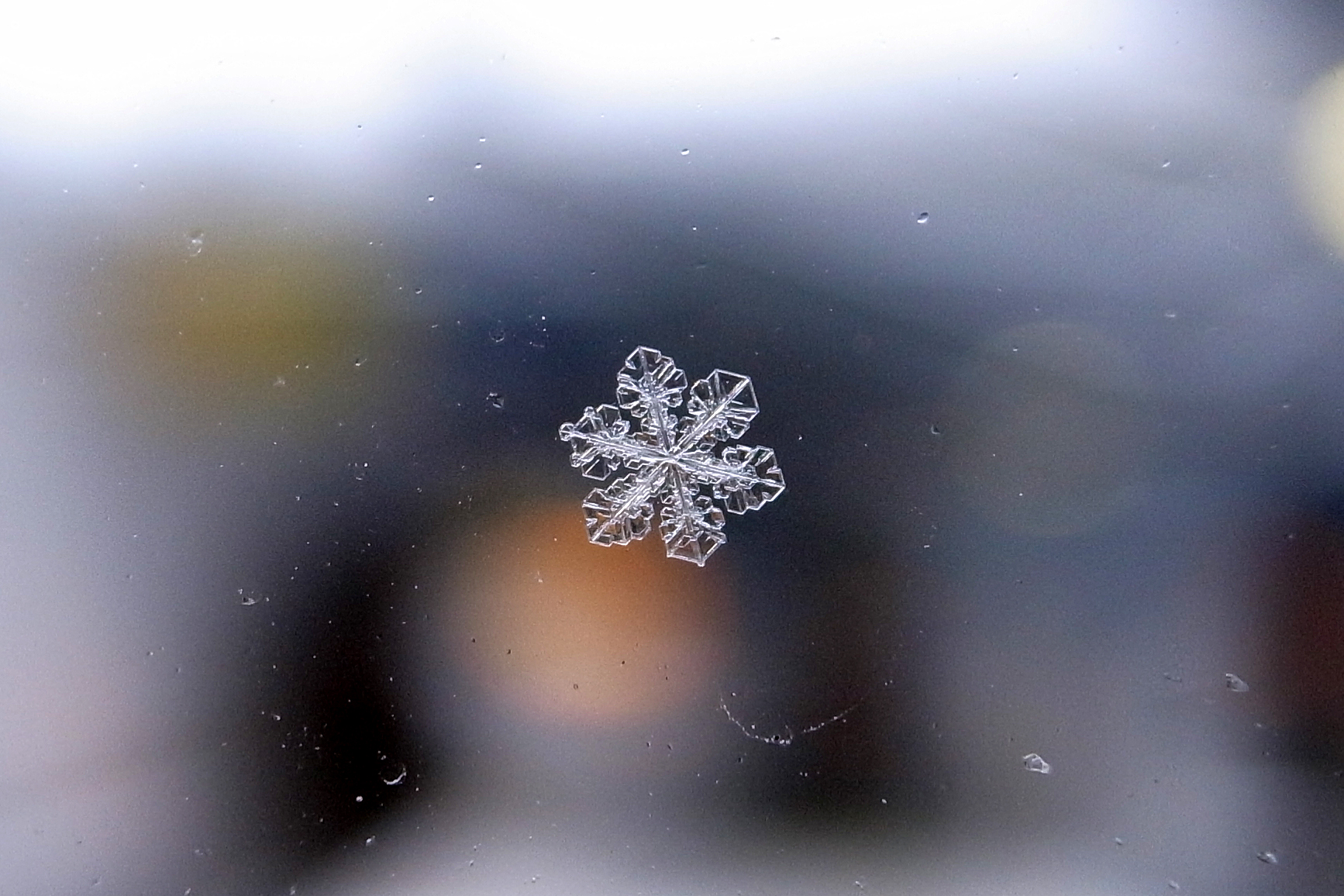The Science of Snow and Frost

Crystals
Kids can use snow, ice, and frost to learn about crystals – a concept that they’ll eventually encounter when they study chemistry but will understand much better if they have some firsthand experience with them. Snowflakes are a beautiful form of crystals, each one showing off a microscopic symmetrical design of spears, points, indents, and cutouts. Be sure to read the book Snowflake Bentley (by the talented Mary Azarian), a true story about the Vermont man whose curiosity about snowflakes lead him to be the first to photograph them! It would be pretty tricky to make snowflakes at home, but with a magnifying glass and a small square of black fabric, you can take a semi-close look at them when you venture outside. See if you can identify a difference between snowflakes’ shape and size and the snowy clumps that fall during each snowstorm we get.
If it’s too cold to spend lots of time exploring outside – which it may be this week – you can make some crystals of your own at home! Families can use a Borax solution to make their giant snowflakes, and if you’re in the mood for a sweet treat (but can be patient while it forms), you can even make your homemade rock candy.
Both of these experiments create crystals slowly and on a scale that kids can examine for themselves – though you might need a magnifying glass or hand lens to inspect how they grow. To maximize the learning possibilities, do both experiments simultaneously and make comparisons – determine which one grows faster, which one grows bigger crystals, which one makes the most transparent crystals, and which one you think is prettier.
Frost
Another great topic to include in a study of winter precipitation is frost. See if you can find out the difference between snow and frost, and then see if you can identify the specific types of frost. Frost is not, of course, a light dusting of snow, though there is a type of frost that tries to masquerade as snow (surface hoarfrost) and a kind of frost that grows from a similar process to the one that produces snow (rime formation frost). The many different frost types are found during various weather and moisture conditions, and some are very rare. However, once you’ve learned what they look like, you might see them more often than you’d expect.
Make a habit of inspecting window panes in the morning or checking metal doorknobs, railings, or lawn ornaments to see if you can find interesting crystals. You might even try creating your own frost flowers by soaking fallen branches or bits of logs and freezing them – a comparison between an outside log and a log frozen in a home freezer might present exciting results!
[Photo credit: ccl Angel Hsu]
 Hilltown Families
Hilltown Families 




























